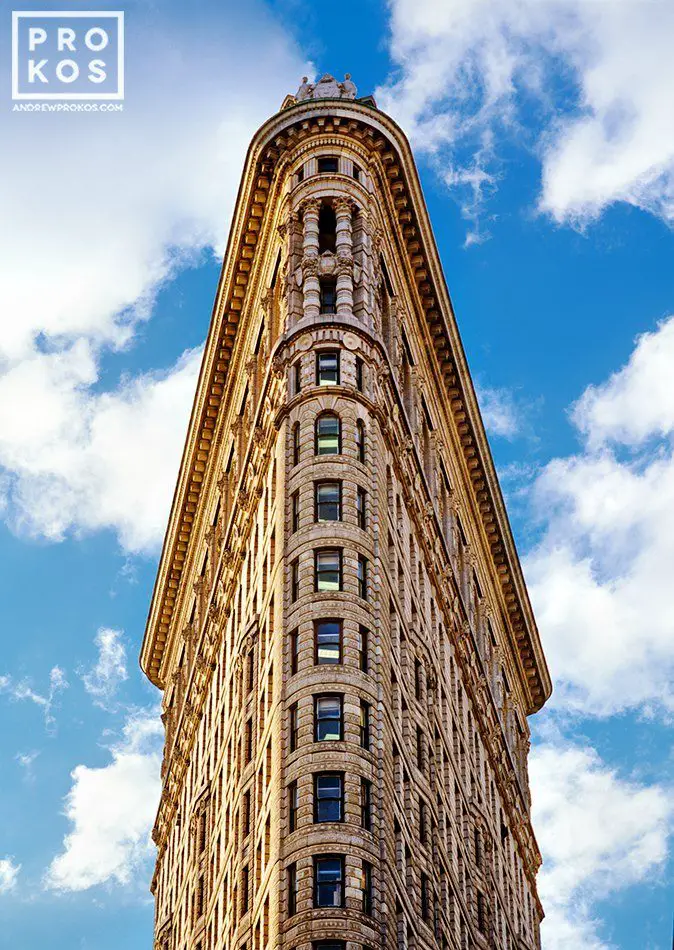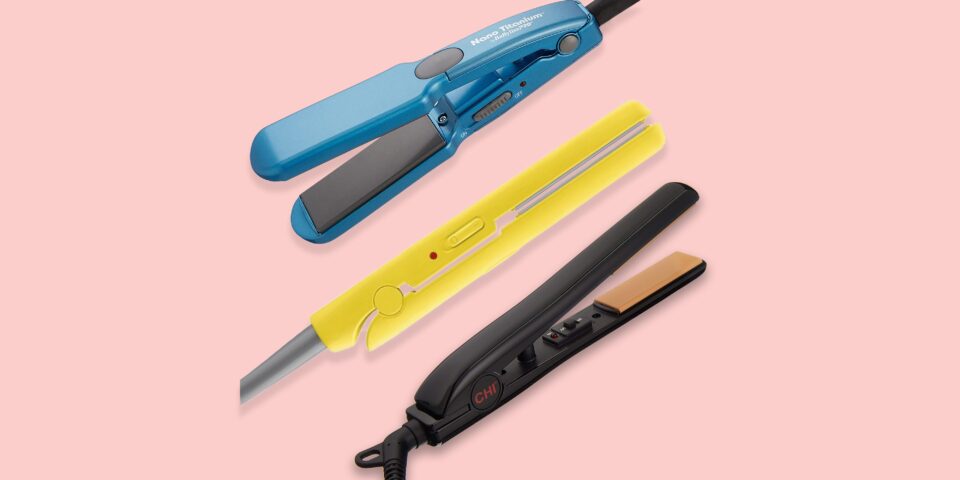“Africa Spirits”

If you would like to know more about Africa Spirits, click here.
Table of Contents
The Flatiron style—most famously embodied by New York City’s Flatiron Building—is an architectural approach that celebrates triangular, iron-like structures on wedge-shaped plots.
Here’s an overview of this kind of architecture.

The Flatiron Building Facts
- The original Flatiron Building (originally the Fuller Building), completed in 1902 at 175 Fifth Avenue, was designed by Daniel Burnham with Frederick P. Dinkelberg.
- Its distinctive triangular footprint fills the sharp wedge between Fifth Avenue, Broadway, and East 22nd/23rd Streets.
- The nickname “Flatiron” comes from its resemblance to a traditional clothes iron.
Architectural Features
- Steel‑frame construction: Innovations like steel skeletons enabled the 22‑story height (285 ft/87 m) .
- Renaissance Revival / Beaux‑Arts aesthetic: The façade is treated like a vertical classical column—base, shaft, capital—with limestone below and glazed terracotta above.
- Prow‑like prow: The acute triangular “tip” is just 6.5 ft (2 m) wide.
- Non‑load bearing masonry: Exterior materials are decorative; structural loads are carried by internal steel.
Impact & Legacy
- Heralded as a breakthrough in early skyscraper design, the Flatiron Building became an emblem of New York City and lent its name to the Flatiron District.
- It sparked an architectural trend: many wedge‑shaped “flatiron” buildings later appeared in US cities, such as in San Francisco and Atlanta .
- Recognized as a NYC Landmark (1966), added to the National Register of Historic Places (1979) and declared a National Historic Landmark (1989).
Cultural Significance & Fun Facts About the Flatiron Building
- Initially dubbed “Burnham’s Folly,” critics questioned its bold form—but admired its engineering ingenuity and ornate terra-cotta.
- Its sharp prow created wind gusts around the building; local lore credits it with inspiring the term “23 skidoo” when skirts were blown up.
- The upper floors offered tenants unusual panoramic views—East River, Hudson River, Central Park—all from a fixed vantage point.
Examples Around the World
- San Francisco’s Flatiron Building (540 Market Street, 1913): 10 stories in the Financial District.
- Atlanta’s Flat Iron Building (late 19th century): Combines Beaux‑Arts and Romanesque details.
- Numerous smaller “flatiron” triangular buildings exist in North America, inspired by Burnham’s iconic design.
Flatiron Style in Interiors
“Flatiron style” can also refer to interiors within these classic buildings—think loft apartments with:
- Oversized curved windows
- High ceilings (~10 ft+)
- Elements blending industrial bones (brick, steel) and Beaux‑Arts details (crown mouldings, herringbone floors) .
Summary
| Aspect | Description |
|---|---|
| Defining traits | Triangular plan, acute prow, steel‑frame, classical detailing |
| Style roots | Chicago School + Renaissance Revival, Beaux‑Arts |
| Cultural role | Urban icon, architectural trendsetter, hallmark of NYC |
| Modern presence | Global wedge‑site buildings, stylish historic conversions |
Flat irons have become an essential part of many people’s hair care routines, offering the flexibility to achieve various styles from sleek and straight to bouncy waves.
With so many flatirons hair on the market, it can be overwhelming to choose the right one.
This guide aims to help you understand what to look for in flatirons hair, share some styling tips, and suggest products that can help you achieve the best results.

FlatIrons Hair: Selecting the Right One
Choosing a flat iron starts with understanding your hair type and texture.
Different hair types require different temperature settings, and it’s crucial to avoid excessive heat that can damage your hair.
A flat iron with adjustable temperature controls is ideal because it allows you to find the perfect setting for your hair.
Photo credits: Good Housekeeping, Andrew Prokos Photography